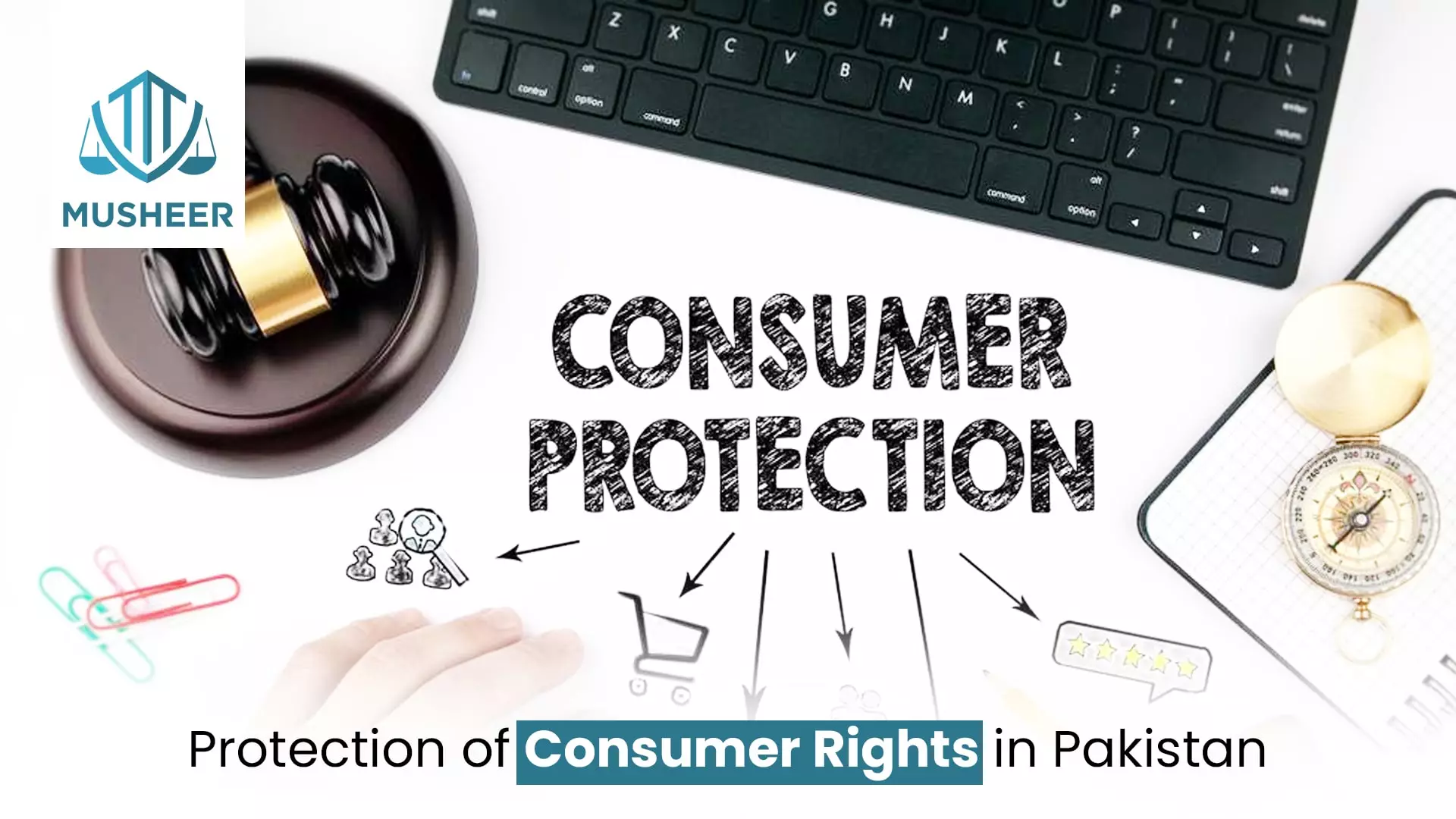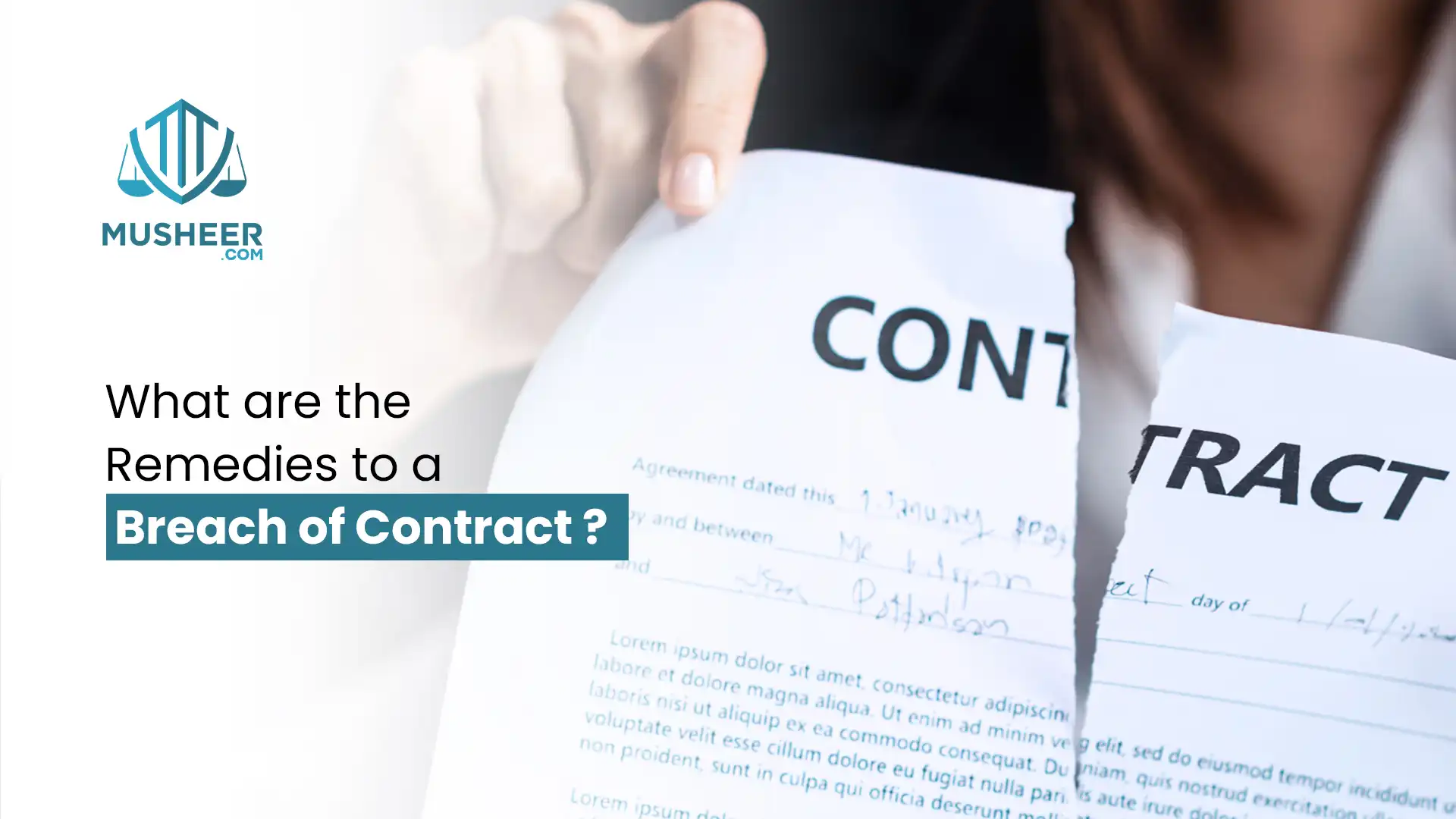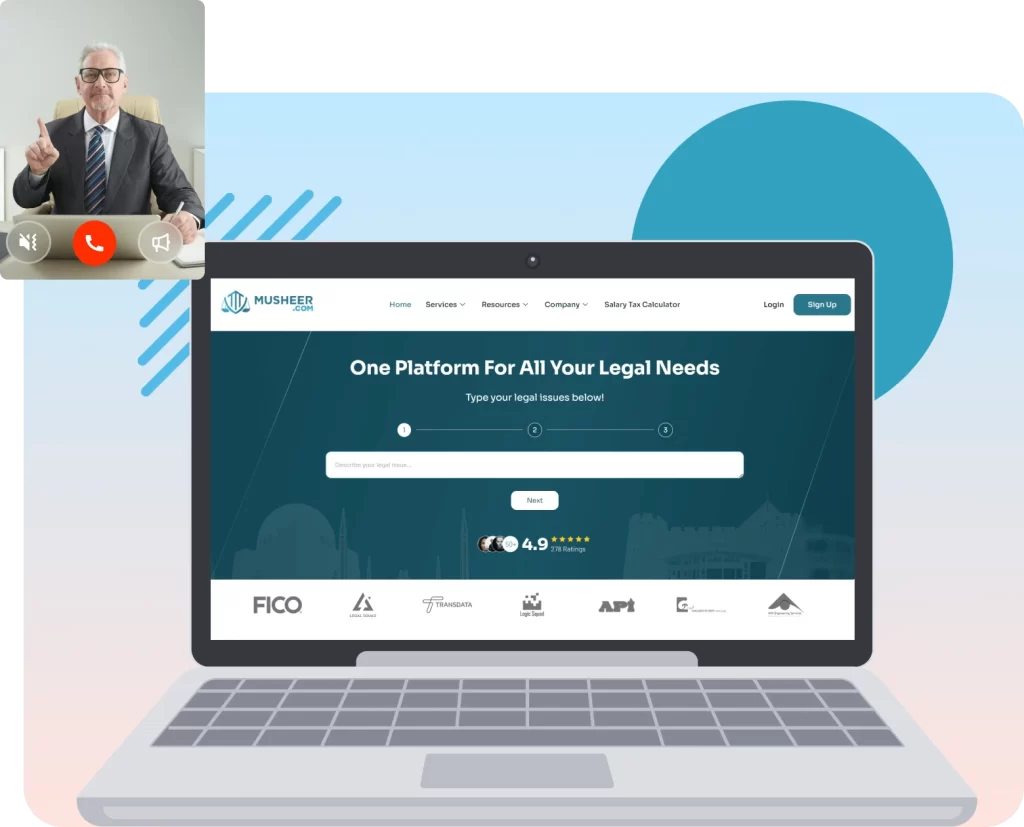In today’s commercial world, the need to protect the rights of an individual consumer is even more important. Consumer Protection and Rights refer to the protection of buyers against a seller’s fraudulent means of selling their goods and services. Consumer protection laws have been enacted in all states and are greatly pressed upon. These laws have been enacted to ensure sellers do not engage in deceptive practices.
Consumer Protection Guidelines:
The United Nations Guidelines for Consumer Protection (UNGCP) are a valuable set of principles for setting out the main characteristics of effective consumer protection legislation, enforcement institutions, and redress systems and for assisting Member States in formulating and enforcing domestic and regional laws, rules and regulations that are suitable to their own economic and social and environmental circumstances.
The guidelines were first adopted by the General Assembly through a resolution in 1985 and recently revised by the General Assembly on 22 December 2015.
The guidelines provide that Member States should develop, strengthen or maintain a strong consumer protection policy. In other words, these are some consumer rights that are to be ensured by all Member States. The legitimate needs and rights which are intended to be met are the following:
- Access by consumers to essential goods and services;
- The protection of vulnerable and disadvantaged consumers;
- The protection of consumers from hazards to their health and safety;
- The promotion and protection of the economic interests of consumers;
- Access by consumers to adequate information to enable them to make informed choices according to individual wishes and needs;
- Consumer education, including education on the environmental, social, and economic consequences of consumer choice;
- Availability of effective consumer dispute resolution and redress;
- Freedom to form consumer and other relevant groups or organizations and the opportunity of such organizations to present their views in decision-making processes affecting them;
- The promotion of sustainable consumption patterns;
- A level of protection for consumers using electronic commerce that is not less than that afforded in other forms of commerce;
- The protection of consumer privacy and the global free flow of information.
Legislative Framework In Pakistan:
Consumer protection laws were first enacted in Pakistan by the Federal Government in 1995 in the form of the Islamabad Consumer Protection Act 1995. Later, all Provincial Governments enacted their respective consumer protection laws. The Provincial Assembly of Khyber Pakhtunkhwa passed The Khyber Pakhtunkhwa Consumer Protection Act, 1997. The provincial assembly of Balochistan passed The Balochistan Consumer Protection Act, 2003, the provincial assembly of Punjab passed The Punjab Consumers Protection Act, 2005 and the provincial assembly of Sindh passed the Sindh Consumer Protection Act, 2014 to protect the rights of consumers.
Thereafter, district consumer courts are established for all the districts in each province so that consumers may have easy access to these courts for the protection of their rights.
Salient Features Of The Consumer Protection Law:
- The law provides for the speedy redress of consumer complaints at the district level.
- Goods and services both come under the purview of the law. Any consumer can complain of a defective product or faulty service by a service provider.
- The provisions of consumer protection law are in addition to and not in derogation of the provisions of any other law for the time being in force. Therefore, they do not limit the redressal options available to an aggrieved consumer but in reality, supplement the legal recourses available to him.
- The Doctrine of Caveat Emptor does not present a limitation for applying for relief under this law which provides that a buyer is responsible for all due diligence in regard to any product he is buying. A buyer who is sold a defective product cannot be deprived of relief on the ground that he should have checked the product.
Liability Of A Manufacturer:
A manufacturer of a product can be made liable to a consumer for damages proximately caused to him by a defective product.
A product shall be defective if:
- it is defective in construction or composition;
- it is defective in design;
- it is defective because an adequate warning has not been given; and
- it is defective because it does not conform to an express warranty of the manufacturer.
It is noteworthy that the manufacturer's liability for a defective product will arise only if the consumer has ensued damage from the reasonably anticipated use of the product. This means that if the consumer has used the product in an unexpected or unintended way, the manufacturer cannot be held liable for any damage arising from such use.
Additionally, the manufacturer shall also not be held liable a manufacturer for damage proximately caused by a characteristic of the product’s design if the manufacturer proves that at the time the product left his control, he was oblivious of such defect and could not have known by any way of the design characteristic that caused the damage or the danger of such characteristic.
Liability For Faulty Or Defective Services
A provider of services shall be liable to a consumer for damages proximately caused by the provision of services that have caused damage.
Filing A Consumer Complaint Before Consumer Court
The Consumer may file his claim before the Consumer Court which is headed by the District and Session Judge or Additional District and Session Judge.
Steps For Filing Consumer Complaint
Following are the steps for filing a consumer complaint against a defective product or faulty service.
15-Days Legal Notice To Service Provider/ Seller:
The aggrieved Consumer shall first serve a fifteen days legal notice to the provider of a defective product or faulty service(s), as the case may be, stating therein that the consumer is not satisfied with the product or service and has suffered damage. Therefore, the Service Provider/ Seller is liable to pay damages to the consumer within fifteen days of receipt of the such legal notice; otherwise, the consumer may file a claim for redressal of their grievance before the Consumer Court.
Additional Points To Keep In Mind Regarding The Serving Of The Legal Notice:
- Legal notice should be served to the manufacturers/sellers of the product(s) and the service provider, in case of provision of service, through registered post.
- There is a limitation of 30 days (from arising of the cause of action) for filing a complaint in the consumer court.
- Serving a 15 days legal notice on the seller/service provider is a pre-requisite for filing a claim in Consumer Court.
- The legal notice is to be served on plain paper.
Consumer Complaint:
If the complaint is not resolved through legal notice, the consumer may file a claim for redressal of their grievance before the Consumer Court within fifteen days after the expiry of the fifteen day notice period to the seller/ service provider.
Additional Points To Keep In Mind Regarding The Consumer Complaint:
- There is no need to hire a lawyer to file of a complaint before the Consumer Court. The complaint can be filed on a plain paper by the complainant himself.
- No Court fee is required for filing a claim before the Consumer Court. It’s totally free of cost.
Requirements For Filing A Complaint In Consumer Court:
The Consumer Complaint should be filed in the Consumer Court of the District and must provide:
- Name, address, and C.N.I.C number of the complainant;
- Particulars of the seller or service provider against whom the complaint is being made;
- Copy of the legal notice must be attached to that application;
- Details of the claims and damages;
- Documentary proof;
- Relief sought
- Affidavit of the Complainant.
Conclusion
The Consumer Protection Law seeks to provide an effective and fast remedy to consumer complaints against faulty products and services. Consumer protection law is vast in scope and extends its protection and scope to product liability, privacy rights, unfair business practices, fraud, misrepresentation, and other consumer/business interactions.






